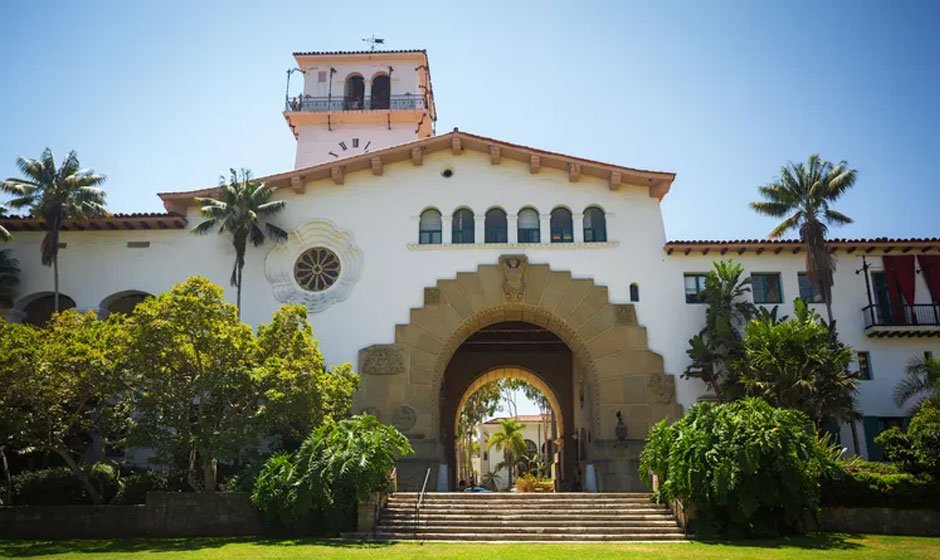Introduction to Hacienda Architecture
When it comes to capturing the essence of Mexican style homes, hacienda architecture stands out with its distinctive charm. Characterized by white stucco walls, red clay roof tiles, and rustic wood accents, these homes have been a beloved architectural style in the southwestern United States, including California and Florida, for many decades. In this article, we will delve into the history of hacienda architecture, explore its must-have elements, and discover where you can find these captivating homes.
History of Hacienda Architecture
Hacienda architecture originated in Spain and Mexico as a traditional style known for its unique construction techniques. Over the course of nearly four centuries, this architectural style found its way to the United States between the 1600s and the mid-1800s. Spanish settlers, seeking climates reminiscent of their homelands, built their hacienda homesteads in states such as California, Arizona, New Mexico, and Florida.
To maintain the authenticity of their traditional building styles, Spanish settlers utilized locally available resources like adobe, a mixture of straw and clay finished with white stucco, and red clay for the iconic roof tiles. Despite the end of the Spanish Colonial period, the popularity of hacienda-style homes endured. In the 1900s, the Colonial Revival movement further popularized these homes, leading to the use of traditional materials such as adobe and clay.
Must-Have Elements of Hacienda Architecture
Hacienda-style homes have distinct features that set them apart. While regional variations may exist, they share common elements that define their unique charm. Let’s explore these must-have architectural elements:
1. Red Clay Roof Tiles
The characteristic low-pitched roofs of hacienda-style homes are adorned with handmade, red clay roof tiles. These tiles, shaped like half tubes, not only add visual appeal but also allow cool air to circulate within the home. However, it’s important to note that clay roofs are best suited for warm and dry climates.
2. White Stucco Walls
The thick, adobe walls of hacienda homes are finished with white stucco. Apart from being readily available, adobe provides excellent insulation in hot and sunny climates. These walls help retain cool air during the day and gradually release absorbed warmth at night, maintaining a comfortable atmosphere inside.
3. Rustic Wood Accents
Hacienda-style homes often feature heavy wooden doors and exposed wooden beams. Since wooden trim is not commonly used with stucco walls, the exposed beams serve as both structural supports and decorative elements. They infuse warmth and texture into the interior and exterior spaces, enhancing the overall aesthetic.
4. Small Windows With Spindles
Typically, hacienda-style homes have few and small windows. This design choice allows for a pleasant breeze while minimizing direct sunlight and excessive heat. Traditional haciendas didn’t use glass panes, but modern adaptations often incorporate them. Additionally, decorative spindles are commonly found adorning the windows, adding a touch of style.
5. Courtyards
A hallmark of hacienda architecture, courtyards serve as central gathering spaces. Traditional haciendas placed the courtyard at the center of the home, enabling indoor and outdoor cooking while dissipating the heat generated. Modern haciendas may feature courtyards on the side or rear of the property, offering a tranquil outdoor oasis.
6. Archways
Despite their simplicity, hacienda-style homes often incorporate archways to add architectural interest. These graceful arches adorn outdoor hallways and courtyards, imparting a sense of elegance and grandeur to the overall design.
Discovering Mexican Style Homes
If you’re enchanted by the allure of Mexican style homes, you’ll find them primarily in the warm and sunny regions of the American southwest, particularly Arizona and New Mexico. California and Florida also boast their fair share of these captivating abodes. The use of adobe walls and clay roof tiles in these areas ensures that the homes withstand the climate while retaining their timeless charm.
In conclusion, hacienda architecture continues to captivate homeowners and architectural enthusiasts alike. Its rich history, must-have elements, and undeniable charm make it an enduring style that brings a touch of Mexico’s cultural heritage to the United States.









